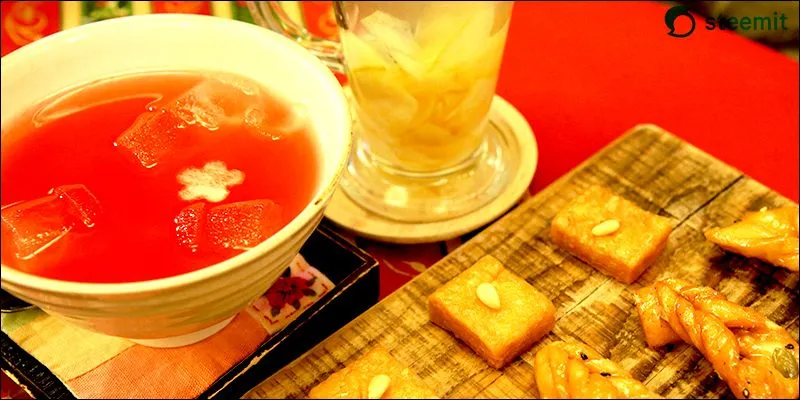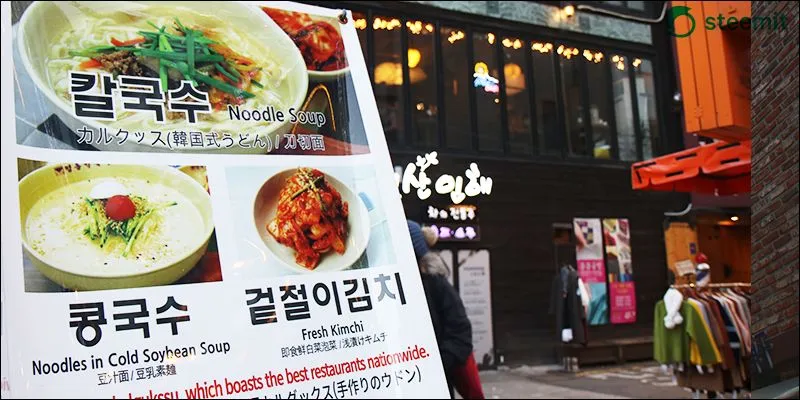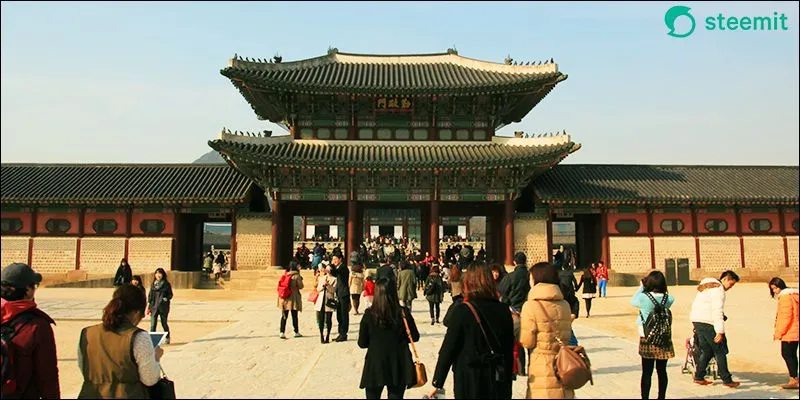
It was in 1395, three years after the Joseon
Dynasty was founded by King Taejo (Yi Seong-gye), when the construction of the main royal Palace was completed after the capital of the newly founded dynasty moved from Gaeseong to Seoul (then known as Hanyang). The Palace was named Gyeongbokgung Palace, the "Palace Greatly Blessed by Heaven." With Mount Bugaksan to its rear and Mount Namsan in the foreground, the site of Gyeongbokgung Palace was at the heart of Seoul and, indeed, deemed auspicious according to the traditional practice of geomancy. In front of Gwanghwamun Gate, the main entrance to the Palace, ran Yukjo-geori (Street of Six Ministries, today's Sejongno), home to major government offices. Along the central axis upon which Gwanghwamun Gate stood was the nucleus of the Palace, including the throne hall, council hall and king's residence.
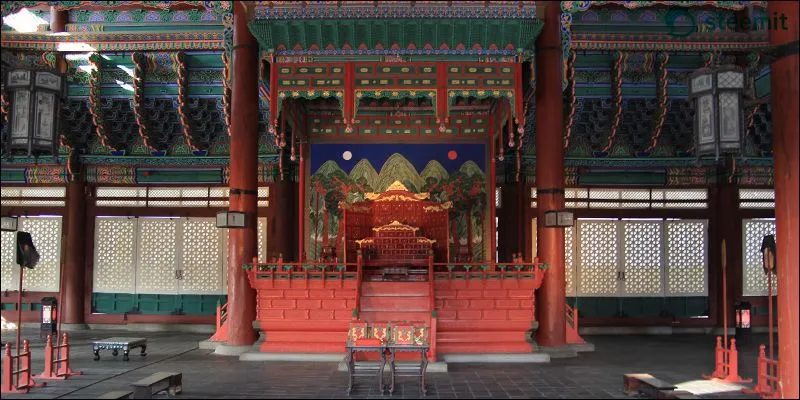
The government ministry district and main buildings of Gyeongbokgung Palace formed the heart of the capital city of Seoul and represented the sovereignty of the Joseon Dynasty. After all the Palaces in the capital were razed by the Japanese during the Hideyoshi invasions of 1592-'98, Changdeokgung Palace, a secondary Palace, was rebuilt and served as the main Palace. Gyeongbokgung Palace was left derelict for the next 273 years. It was finally reconstructed in 1867 by the order of the Prince Regent. The Palace Prince Regent Heungseon reconstructed was markedly different from the original. Some 500 buildings were built on a site of over 40 hectares and constituted a small city. The architectural principles of ancient China were harmoniously incorporated into both the tradition and the appearance of the Joseon royal court.
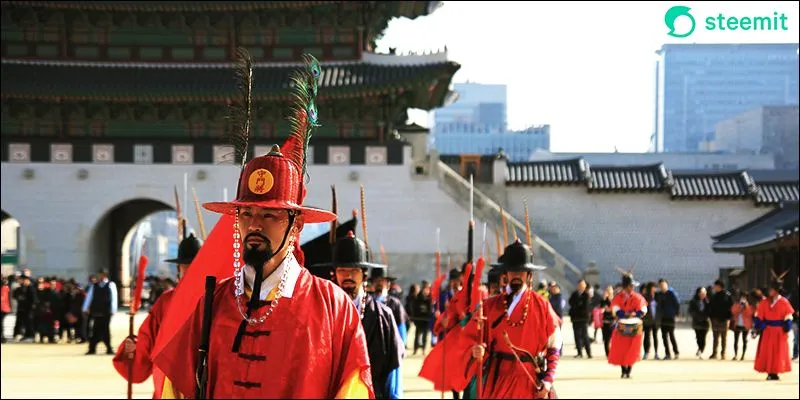
Gyeongbokgung Palace was largely torn down during the Japanese occupation. ninety three percent of the restored buildings were dismantled, Gwanghwamun Gate was dismantled and relocated to the east, and an enormous building housing the Japanese Government-General was constructed in front of the main sector of the Palace. An effort to fully restore Gyeongbokgung Palace to its former glory has been ongoing since 1990. The Japanese Government-General building was finally removed, and Heungnyemun Gate was restored to its original state. The royal living quarters and the East Palace for the crown prince were also restored to their original state.
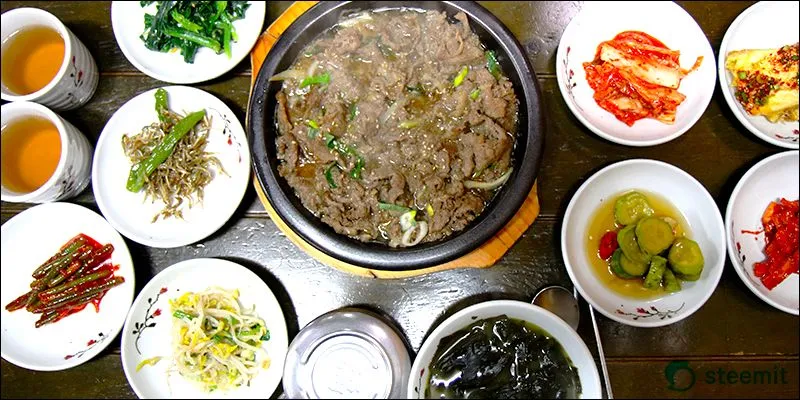
Insa-dong street where Korean tradition can be seen is close to Gyeongbokgung Palace Insadong offers easy access to traditional Korean food, crafts and traditional tea.
